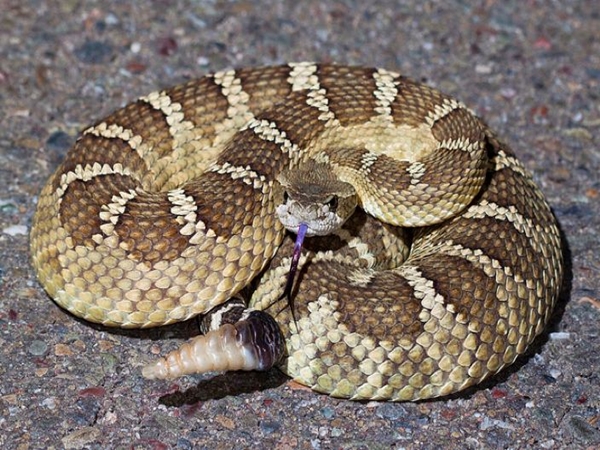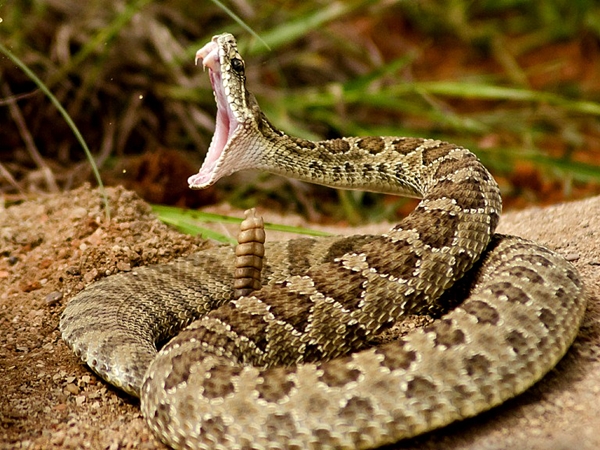
Venomous snakes are fascinating and scary at the same time. A snake is classified as venomous when they’re capable of injecting venom. A snake is venomous by definition as it harms you via touch or when you eat it. These top 10 most venomous snakes are feared in the countries they live because of their toxic venom that can kill a human rapidly.
1. Belcher’s Sea Snake
The most venomous snake known in the world, a few milligrams is strong enough to kill 1000 people! Less than 1/4 of bites will contain venom, and they are relatively docile. Fisherman are usually the victims of these bites, as they encounter the species when they pull nets from the ocean. Found throughout waters off South East Asia and Northern Australia.
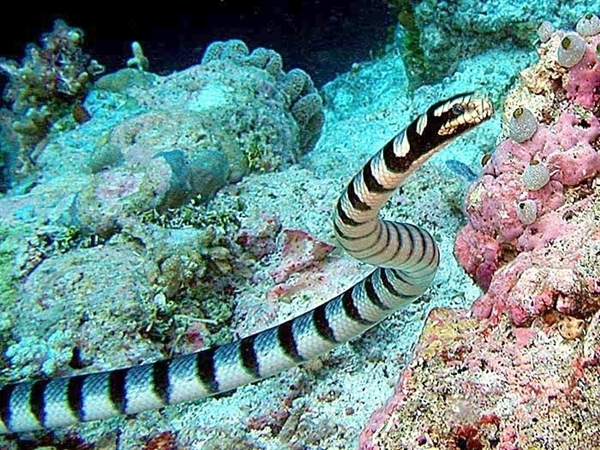
2. Fierce Snake or Inland Taipan
This snake is the godfather of the poisonous snakes that inhabit our planet. A recorded bite of the Fierce Snake showed one bite at 11mg is capable of killing 100 humans. It has an LD50, is ten times more venomous than snakes that are capable of killing an adult human. They are far more common that that of the Cobra. The Inland Taipan isn’t aggressive and humans don’t often run into them. The potential to kill a human within 45 minutes is possible but luckily, there has never been a fatality recorded.
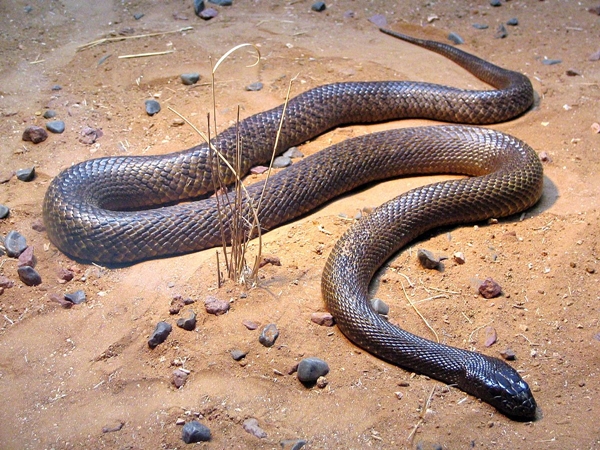
3. Eastern Brown Snake
Don’t let the innocuous name of this snake fool you, 1/14,000 of an ounce of its venom is enough to kill an adult human. Coming in a variety of species, the Eastern Brown snake is the most venomous. Unfortunately, its preferred habitat is also along the major population centers of Australia. The Brown snake is fast moving, can be aggressive under certain circumstances and has been known to chase aggressors and repeatedly strike at them. Even juveniles can kill a human. The venom contains both neurotoxins and blood coagulants. Fortunately for humans, less than half of bites contain venom and they prefer not to bite if at all possible. They react only to movement, so stand very still if you ever encounter one in the wild.
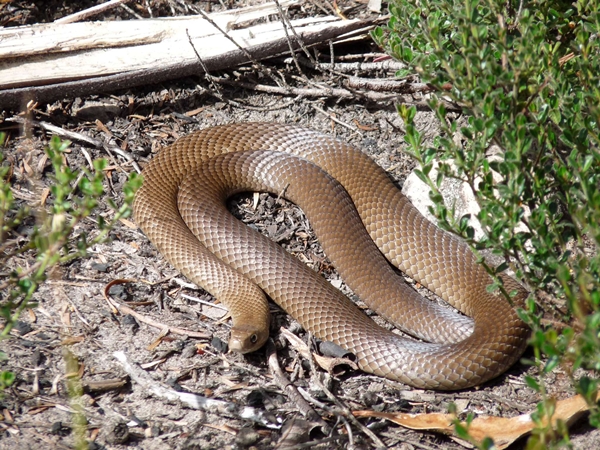
4. Blue Krait
A snake found in South East Asia and Indonesia, the Blue Krait is the top poisonous snake of it’s species. Even when antivenin is utilized, half of the bites from a Blue Krait cause death. Blue Krait are considered to be cannibals as they are prone to hunting other snakes and even their own species. They awake in the night and are quite shy, preferring not to fight when threatened. Their neurotoxin venom is extremely potent and the symptoms will quickly set in. Muscle paralysis along with cramps and tremors will precede the paralysis. Thankfully, because the Blue Krait is noctural, it’s not often a person has been bit. This is probably a good thing being that before antivenin, there was an 85% fatality rate.
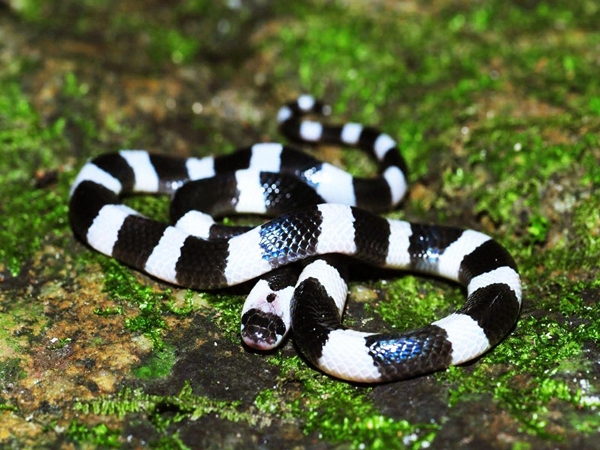
5. Death Adder
The appropriately named Death Adder is found in Australia and New Guinea. They actually hunt and kill other snakes, including some on this list, usually via ambush. Death Adders look quite similar to vipers, in that they have triangular shaped heads and short, squat bodies. They typically inject around 40-100mg of venom with an LD of 0.4mg-0.5mg/kg. An untreated Death Adder bite is one of the most dangerous in the world. The venom is a neurotoxin. A bite causes paralysis and can cause death within 6 hours, due to respiratory failure. Symptoms generally peak within 24-48 hours. Antivenin is very successful in treating a bite from a Death Adder, particularly due to the relatively slow progression of symptoms, but before its development, a Death Adder bite had a fatality rate of 50%. With the quickest strike in the world, a Death Adder can go from strike position to striking and back again within 0.13 of a second.
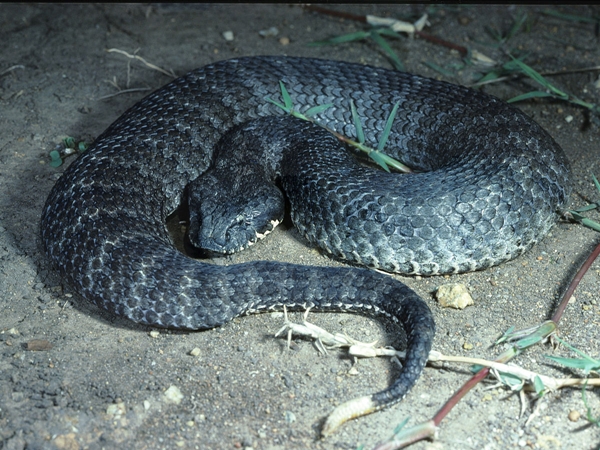
6. Black Mamba
The Black Mamba became known to most of us from the first installment of Kill Bill and is found through much of the African continent. These are the fastest snakes on earth with the ability to move up to 20km/h. They are aggressive and strike with great accuracy with the possibility of striking over and over again. They have the ability to strike a victim up to 12 times with a single bite being poisonous enough to kill between 10-25 adults. The venom, like many other poisonous snakes is a rapid action neurotoxin that has an LD50. It’s capable of delivering an average of 125 mg of venom and up to 400 mg. The victim of a Black Mamba bite will start to feel a tingle all over the body. Vision problem will develop and the mind becomes very confused. You may begin foaming at the most and be unable to control your muscles. Rapid death causing symptoms will set in quickly and medical attention is needed right away. Shock will set in and all of the body’s systems will begin to shut down. Paralysis or a heart attack will occur and eventually you fall into a coma and death. If antivenin is not administered, it is almost 100% guaranteed that death will occur. A victim can even die as quickly as 15 minutes if the bite went straight into the veins.
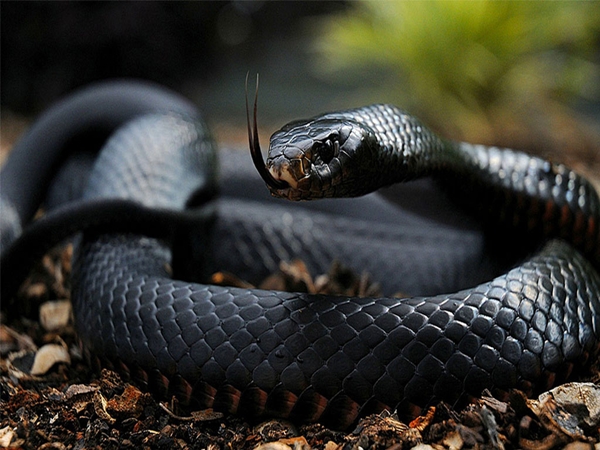
7. Tiger Snake
Found in Australia, the Tiger snake has a very potent neurotoxic venom. Death from a bite can occur within 30 minutes, but usually takes 6-24 hours. Prior to the development of antivenin, the fatality rate from Tiger snakes was 60-70%. Symptoms can include localized pain in the foot and neck region, tingling, numbness and sweating, followed by a fairly rapid onset of breathing difficulties and paralysis. The Tiger snake will generally flee if encountered, but can become aggressive when cornered. It strikes with unerring accuracy.
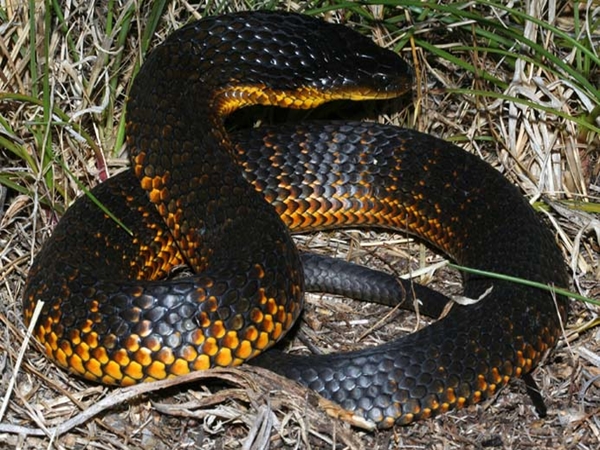
8. Philippine Cobra
Most cobras are venomous but not considered deadly, the Philippine Cobra is an exception. These cobras are able to spit up to three meters which means if you’ve run into one, you’re probably in trouble. The neurotoxic venom prevents your cardio and respiratory system from functioning properly. For those bit by one of these top poisonous snakes, the respiratory system will become paralyzed and death will occur within a half hour. The tissue damage is not major but neurotoxins prevent nerve signals. Symptoms that follow the bite will include vomiting, convulsions and abdominal pain.

9. Saw Scaled Viper
Vipers are found throughout most of the world, but arguably the most venomous is the Saw Scaled Viper, found primarily in the Middle East and Central Asia, particularly India, China and South East Asia. Saw Scaled Vipers are quick tempered and generally nocturnal, often active after rains. They are also very fast. Most of these species have venom that cause symptoms that begin with pain at the site of the bite, immediately followed by swelling of the affected extremity. Bleeding is a common symptom, especially from the gums. There is a drop in blood pressure and the heart rate falls. Blistering occurs at the site of the bite, developing along the affected limb in severe cases. Necrosis is usually superficial and limited to the muscles near the bite, but may be severe in extreme cases. Vomiting and facial swelling occurs in about one-third of all cases. Severe pain may last for 2-4 weeks. Often, local swelling peaks within 48-72 hours, involving the affected limb. Discoloration may occur throughout the swollen area as red blood cells and plasma leak into muscle tissue. Death from septicaemia, respiratory or cardiac failure may occur 1 to 14 days post-bite, or even later.
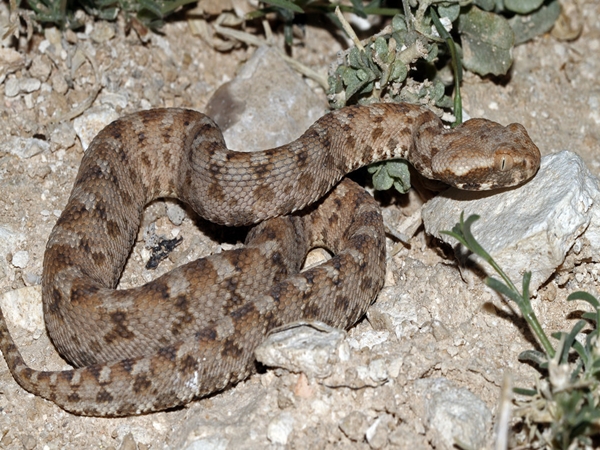
10. Rattlesnake
The rattlesnake stands alone as America’s only snake on this list. At least the rattle on the end of it’s tail offers as a warning to those wandering too close. They are a member of the Pit Viper group of snakes and can strike at 2/3rd of their body length. The Eastern Diamondback is North America’s most venomous species. Juveniles are unable to control how much venom they inject, making them more dangerous than the full grown Diamondback. Nearly all types of rattlesnakes have a hemotoxic venom. If you are bit by one, your tissue will be destroyed and organs will degenerate which causes blood clotting. Even after treatment, it is likely that there will be some scarring at the very least. It’s likely that if someone is bit by a rattlesnake, they will die or lose the limb close to where the bite occurred. If a rattlesnake bite is untreated, they are more often than not, fatal. If anti venom is administered quickly enough, the death rate is reduced to about 4%.
